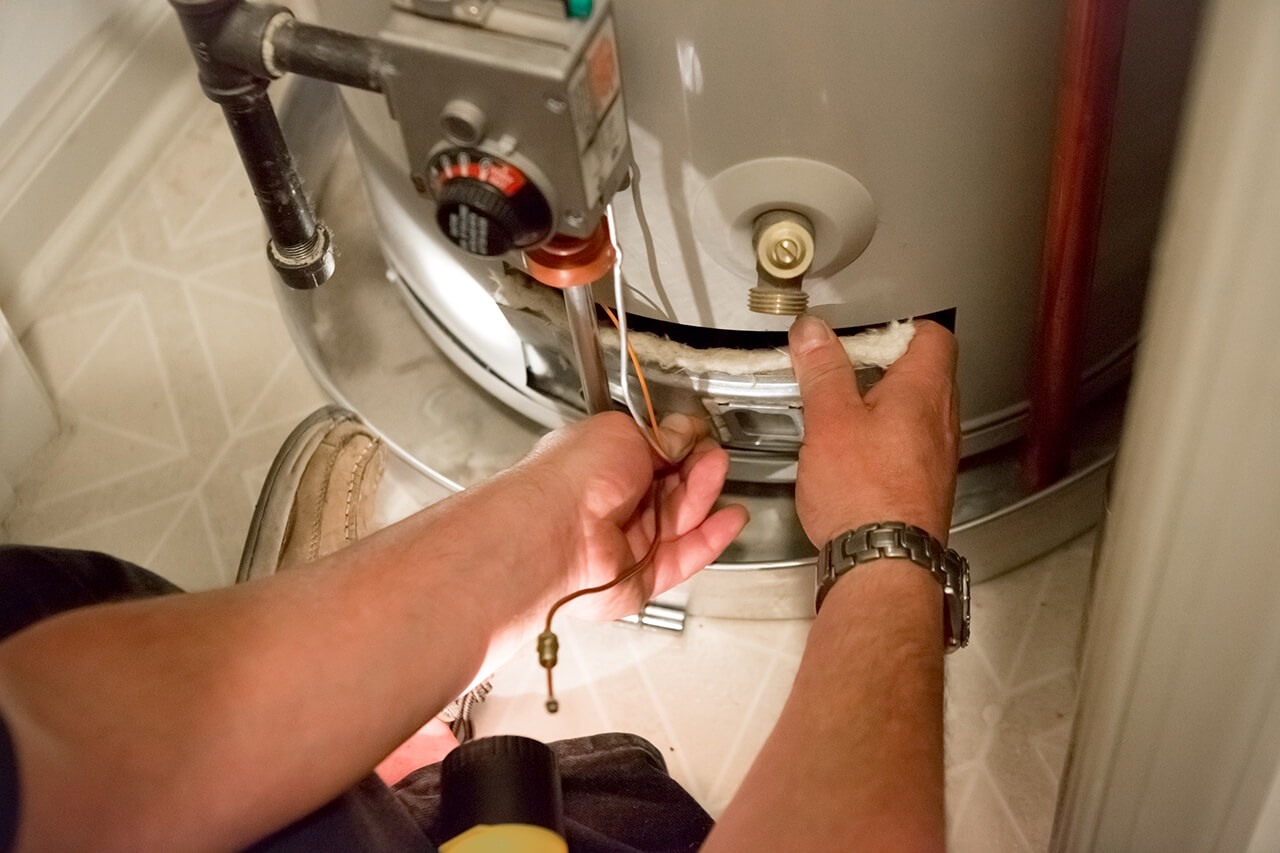
Get matched with top sink installers or repairers in your area
Enter your zip and get matched with up to 3 pros
Matching on HomeAdvisor


Sink installers or repairers in Fort Smith
Sink installs or repairs FAQs
Standard kitchen sinks vary in size. Widths range from 24 to 36 inches, with single-bowl sinks usually around 30 inches wide and double-bowl sinks between 33 and 36 inches. Sink depths are generally eight to 10 inches, and the front-to-back measurement is 22 inches. These dimensions serve as a baseline for most installations.
A kitchen sink installation with existing plumbing requires a fixed two to three hours to complete, including connecting the sink and its fixtures securely. Bathroom sink installations require the same amount of time when the plumbing setup is ready. Pedestal and wall-mount sinks demand extra time due to the precise mounting work and necessary adjustments.
You can replace a kitchen sink without replacing the entire countertop if the new sink dimensions align with the existing cutout. When the replacement sink is smaller than the original, an uncovered gap remains that must be addressed through either countertop modification or full replacement. A professional conducts precise measurements and, if required, alters the countertop to ensure a proper fit.
Yes, installing a farmhouse sink on an existing countertop is achievable when its dimensions match the predetermined cutout. Precise measurements ensure that no countertop modification is required. If the new sink dimensions differ from the existing cutout, the contractor makes the necessary adjustments by cutting the countertop. This process maintains the overall design integrity and prevents misalignment.
You must replace your sink pipes when signs of corrosion or leakage emerge. Copper and cast iron pipes serve efficiently for 100 years, while galvanized steel and brass last for 50 years, and PVC pipes are effective for 25 to 40 years. Vigilant monitoring and prompt replacement of deteriorated pipes protect your home from water damage and further costly repairs.





- Plumbing - Multiple Projects
- Shower Pan Install
- Plumbing for a Remodel or Addition - Install
- Plumbing Item Repair
- Water Heater - Repair or Service
- Sink Repair
- Steam Shower - Install
- Faucet Install or Replace
- Walk In Tub - Install or Replace
- Drain Repair
- Shower Install or Replace
- Pipe Repair
- Drain Line Breakage - Camera Locate
- Tankless Water Heater - Install
- Water Main - Install, Replace or Repair
- Sump Pump - Repair or Replace
- Drain Clog or Blockage - Clear
- Sewer Main - Clear
- Faucets, Fixtures and Pipes - Repair or Replace
- Plumbing Item Installation
- Sink Installation
- Pipe Installation
- Faucet Installation
- Whirlpool Bathtub Install or Replace
- Plumbing Multi-Item Installation
- Water Heater - Install or Replace
- Sewer Main - Install, Replace or Repair
- Drain Installation
- Plumbing Multi-item Repair
- Toilet Installation
- Bathtub Install or Replace
- Sump Pump or Interior Foundation Drains - Install
- Birmingham
- Phoenix
- Tucson
- Fresno
- Long Beach
- Los Angeles
- Modesto
- Sacramento
- San Diego
- San Francisco
- San Jose
- Denver
- Hartford
- Washington DC
- Fort Lauderdale
- Jacksonville
- Miami
- Orlando
- Tampa
- Atlanta
- Chicago
- Indianapolis
- Louisville
- New Orleans
- Baltimore
- Boston
- Detroit
- Grand Rapids
- Minneapolis
- Saint Paul
- Kansas City
- Saint Louis
- Las Vegas
- Albany
- New York
- Asheville
- Charlotte
- Greensboro
- Raleigh
- Winston Salem
- Cincinnati
- Cleveland
- Columbus
- Oklahoma City
- Portland
- Harrisburg
- Philadelphia
- Pittsburgh
- Providence
- Memphis
- Nashville
- Austin
- Dallas
- El Paso
- Fort Worth
- Houston
- San Antonio
- Salt Lake City
- Norfolk
- Richmond
- Virginia Beach
- Seattle
- Madison
- Milwaukee



